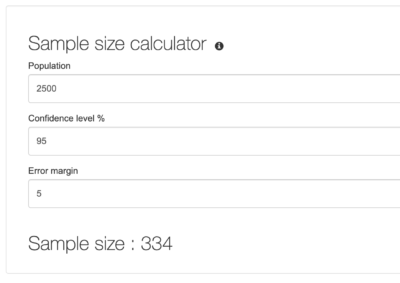Sometimes the sting has to be removed. We regularly experience this when new organizations start working with CircleLytics Dialogue. There are simply quite a few challenges (or sometimes old-fashioned real problems), sensitive issues or significant history that stir up emotions. While there is a pressing issue that is hindered by this. Or put differently: the issue exists because stakeholders were not seriously listened to and involved.
Request demo
If involvement is too weak, and the leadership to actively involve people has not yet developed in your organization (and by that we mean that you go a level further than sending surveys), serious bottlenecks can manifest. Absenteeism, mental breakdown, departure, low confidence are just a few problems, but see them mainly as symptoms.
You can then certainly offer a good deal of privacy, instead of hiring a moderator who starts by explaining that “you can tell everything safely with me”. It is often better to enter into dialogue, and in our way this takes place in several steps with each interval and therefore time for reflection. In the steps you go through with our dialogue, you as a participant have time and space, equal to those others have, to contribute something yourself, to share a perspective, to describe an experience. And in the next step you can see the perspectives of others, learn from them, and take the time again. They score between -3 (complete rejection) and +3 (complete support) and explain this with a recommendation, action point or something else if you request it. Participants learn that their perspective matters to others and other perspectives matter to them. Mutual, collaborative learning. So approach people as a network instead of as individualists. Together you are simply stronger and smarter: we need each other every day, even when there are problems.
This slowing down method, so to speak (intervention or just dialogue is also possible, whatever you want), gives space for any emotions, and then you can do something with them, or move on from there. This is necessary because getting stuck in emotions does not yield enough results. The Dutch-Portuguese philosopher Spinoza spoke about the three forms of human intelligence that he believes apply together and in context: emotions and images, reason and instinct. You need all three and that distinguishes humans from animals.
The power of dialogue therefore brings people a number of important benefits:
- you get time, which makes you think better and react less primarily
- others are given equal time, which guarantees equality
- with complete privacy, keeping you safe and making yours and others’ content count
- and you therefore have no incentive to ‘assert yourself’ (because it is anonymous)
And in the second round the benefits are:
- you learn from the opinions and perspectives of others who think differently
- without losing face you can score differing opinions positively (i.e. support them)
- without hurting anyone you can score other opinions negatively (no support)
- You can provide recommendations, tips or something else if requested
And if you do work with a moderator, or the manager, a coach, etc., the results are immediately and continuously visible and usable. So you can combine it with other working methods such as a meeting.
We would like to share a selection of a number of anonymous cases from recent times: strike, employment conditions, conflict between two locations, forced departure of manager and vacancy, angry residents, members who cancel, customers who leave and employees who leave within a year. Other non-anonymous cases can be found here.
Strike: this is how you break it (and how you prevent it)
The difficult thing is that as a director you have to deal with unions that often have a stronger seat at the negotiating table than the foundation for this of the supporters. In other words: unions too often do not know exactly what drives, wants, desires and demands their supporters. They use polls and surveys, and add a well-intentioned dose of ‘touring the country’. Those polls and surveys have now had their day: responses are disappointing and you simply cannot do anything with a polarizing approach to a poll. What does it mean if 70% are against in such a poll? The practice of CircleLytics Dialogue shows that if you do not use a double poll, but old-fashioned single polls, you are wrong by an average of 60%. That’s a painful amount.
CircleLytics’ double poll is one of the first features we offered. It works like this: you present one or more statements or choices and ask the target group what their position is, but immediately what their substantiation is in their own words. Did you know that on average 90% tell this in detail? Then there is a second round in which you present all answers to each participant in diverse groups of 15 each. They score this positively (support) or negatively (no support) and explain why. They then vote on your statements again, with 60% changing their position in that final poll. This way you prevent polarization, get a 2-10x higher response and increase the connection with your target group. Then you know what you’re talking about!
Back to the strike… Our first advice to managers, whether employers or trade unions, is to learn to work in an evidence-based manner. What exactly is it that the supporters want, not approximately. Do you have statistically reliable information, not just data, but informative data, information. Research such as surveys and polls with a low response rate, and a tour of a ‘number of people or locations’ is not sustainable, nor a foundation for an argument or position. So not for a demand at the negotiating table. In the case in question, management took back the initiative by asking all employees directly, during a strike that had already started:
“What are we overlooking that is really important to you and can you explain that?”
What did management learn from this?
- don’t wait for HR’s (pulse) surveys to measure satisfaction, because they really don’t seem to know what’s really going on; a rather costly mistake that organizations, and especially HR, still make every day; Generic questions do not reveal specific insights
- you make yourself as leadership immediately visible to all employees, not through a trade union, which does not use sufficient evidence-based research, with a limited support base (members only), with a low response rate
- do not wait to listen specifically, regularly and qualitatively to your own employees; they share everything you are honestly open to with your open questions; This way you will learn everything you need to develop people and organization synchronously
- it really prevents misery: financially, your reputation, relationship with employees, trust, loss of customers, etc.
How did this continue? The employer learned by listening that their grievances, wishes, dreams and demands were fundamentally different from what the unions were saying. The wage requirement even turned out to be lower because various other topics were more important to employees.
CircleLytics’ dialogue ensures that employees saw each other’s different answers after the first round. In the second round they could give scores (support, positive scores or rejection, negative scores) to each other’s answers. The employer therefore immediately measured the sentiment and therefore support in the same survey of employees.
They experienced that they were taken seriously, they were listened to, directly by the director, and they were allowed to help separate the wheat from the chaff. And the director took decisive action on it the same day. The strike was immediately ended with a significantly different package than the unions demanded. They simply had no insight into what employees wanted. Neither does HR, nor does the Works Council.
Dialogue and co-creation are also regularly used for employment conditions and collective labor agreements, primary and secondary, etc. Insight into what drives employees and what hinders them is indispensable for leading an organization. It is better to obtain advice from your 1,000 employees yourself in a week, based on your genuine curiosity, than via expensive external advice, generic HR surveys or vulnerable data from your trade union. There are more and more HR leaders, as well as trade unions, who use the power of collective intelligence and dialogue to stand strong and connect with the people who make or break the organization every day.
Conflict between branches or departments
Another organization with dozens of branches had been dealing with a major conflict for a long time. After many months, the damage to employees, reputation and customers was enormous, amounting to many €100,000. External parties had now made attempts to find out what was going on and how this could be broken. The working methods they chose were traditional and fell short: interviews, surveys, meetings.
The most difficult thing about these working methods is the following:
- interviews: small-scale, lead time, subjective (processing of) data
- survey: individualistic approach, no interaction, subjective processing
- meeting: too many emotions, social pressure, risks of consequences (no privacy)
The moderator was put on the trail of CircleLytics Dialogue by management and asked the following questions within a few days:
“What can you do today to restore trust?”
In the second round they were asked which suggestions from others they support and what their significance will be for the customer.
“What have you done so far to find solutions?”
In the second round they were asked what they appreciated about what others had already tried and what their reflection is on how this could still work, or why they thought it had not worked so far.
“What obstacle is preventing solutions so far or even causing this situation?”
In the second round they were asked what they recognize or do not recognize about what others see, and what their concrete recommendation is to management to break this.
“What bothered you most in your work or private life because of this situation?”
In the second round they were asked what they recognize from what others say and what that means for themselves.
Numerous other questions were possible, and several subsequent interventions could also be deployed with new questions. Now that was not done, because the yield was already extremely high with these questions.
So everyone involved had complete privacy (anonymity) and days. To reflect yourself, but also to talk and think about this with others. That peace and privacy combines wonderfully and takes out the high emotion. It invites rest and – indeed – reflection. The invitation, i.e. the introduction and embedding of these questions, pays rather close attention. You invite people to think calmly, to be aware of a situation, and to achieve results together, as a collective: to express emotions and then think about what to do next.
The result was that the conflict ended and cooperation agreements were made, as well as a number of interventions in the distribution of costs and revenues, mutual recruitment and exchange of employees. The employees experienced an enormous relief: no one wants conflict and real space and time for emotion and reflection has never been offered – on this scale and in this way – until now. The organization now holds regular dialogues to jointly identify and improve challenges in a timely and positive manner, in any atmosphere or subject. They have stopped using the (pulse) surveys that HR used to send out.
Angry citizens because emergency post closes
A regional partnership of healthcare institutions was faced with the need to close the emergency room some time ago. The workload, the shortage of staff and the increasing flow of patients made this intervention necessary. Citizens have started making noise, complaining and protesting in various ways and through every channel available to them. Easy to understand from all kinds of emotions, considerations and needs. What now?
The partnership announced that it would hold a town hall: a physical room, with hundreds of residents, a story about the organization and passing around the microphone for questions. They asked us what they can do with dialogue & co-creation. With such high emotions (healthcare affects everyone’s body and mind) you must give space, time, but certainly also reason must be addressed, balance and a solution must be achieved. You don’t achieve enough if you only offer a limited percentage of residents a few hours to be angry and sad, without taking a step further than that.
The focus of the use of dialogue was to appeal to collective wisdom and consciousness, after giving space to emotion. How does that work?
- An online, asynchronous (everyone at their own time and from their own place) dialogue was immediately started
- with questions and a context to make people aware of the underlying bottlenecks with questions like the following and what smart thoughts or ideas they had
- Access was widely communicated through many channels, so everyone could participate
- This immediately provided many insights, (short) stories and experiences
- of many, many more citizens than could fit in the room.
The meeting was then held, where attendees were immediately given the opportunity to participate if they had not already done so. This gave them an immediate outlet and they did not walk around with sky-high emotions. They were immediately taken seriously. They were then asked if people wanted to speak and quite a dozen did so. But just like a few hundred, a dozen inhabitants are completely inadequate to speak of representativeness. Then it is not surprising that directors cannot do much with such a meeting: it does not provide reliable information. The dialogue then started and residents could now participate in the second round on site, as well as those who were absent, from home or anywhere else.
In that second round they read stories, suggestions and ideas from others who thought differently than themselves. So many 1,000 residents went through many 1,000 opinions together, each with a set of 15, for approximately 4 questions. They score between -3 and +3 for the level of support. The 100s of residents in the room therefore also saw opinions from residents who had already participated in the days before. They were allowed to support each other’s opinions or not, and enrich them with their tips. In this way they could express emotion, but awareness of the problem was increased, they were made co-owners of ‘what to do next’ and management was prevented from having to base itself on the small group of ‘angry group of attendees’.
Questions were something like this:
“What do you already know, have you heard, read or learned about the problem, as mentioned in the introduction, and why the emergency room has to close several days a week?”
In the second round: what do you recognize about what others say or don’t say, and what thoughts does that evoke in you?
“What affects you most about the emergency post closing (several days a week) and why?”
In the second round: what do you recognize about what others say or don’t say, and what thoughts does that evoke in you?
“We mentioned above in the introduction how hard we are working on solutions and what they are now, but all of you together probably also have solutions that we have not yet thought of. Our question is therefore: which solution direction do we still need to explore? Why that ?”
In the second round: would you like to positively score the solutions of others who receive your support and explain how this can be successful? you may score solutions that you do not support negatively.
Prevention is better than cure. Our advice is to take your stakeholders seriously, engage in regular dialogue and identify emotions and bottlenecks in a timely manner. And above all: solve together, faster, better. This prevents problems from worsening, where situations can get out of hand and solutions are further from home. In that respect, healthcare has many difficult challenges for which the brainpower of large groups is important.
New manager after departure
The last case is a common one. Managers who leave the field, due to an insufficient match with their role or team, poor performance or otherwise (such as simply another job). For employees, their manager is incredibly important for the enjoyment they experience at work and how long they remain motivated at your organization. Research varies, but dissatisfaction with the direct manager is not self-evident and is one of the most important reasons employees give when they leave somewhere.
Considering – i.e. – departure, but also absenteeism (increasingly mental), low confidence and lack of involvement, you can say that this is a very charged and also emotional theme. The strange thing is that a new manager or director, especially in large departments or organizations, certainly does not speak to everyone during the first 100 days and learn what matters to them. Strange, what they become is the driving force behind the success… or the failure.
That is why we would like to share these cases, and especially examples of questions, which were asked to groups of 100s to 10,000s. In just a few days, with two rounds, which allowed for prioritization, but also made support/sentiment visible for what was given low priority. The design of your questions depends on how many degrees of freedom can be offered to employees:
There is already a well-defined profile for whatever reasons. Organizations then submit these types of questions:
“Take a close look at the attached profile. What is most important for the [department, organization, … ] and our multi-year plan, and why?”
In the second round you can ask what employees support (score positively) or do not support from what others said in the first round, and how that relates to that plan.
“And about that same profile. What is the most important thing for the people and the culture we have here?”
In the second round you can ask what they support (positive score) or not (negative score) and ask what tip they give to the new manager/director on this point.
If there is already a draft profile, this question can be added:
“What do you think is missing from the draft profile and, above all, why do you think it is so important to want to add?”
In the second round, you ask again about what is supported or not, and ask them to explain their scores.
In these cases, the outcome was a ranked, valued list with which the profile is tested and enriched. The qualitative results were used to prepare the recruitment and selection interviews. Immediately upon appointment, the manager/director was presented with the complete result, which gives him/her a detailed view of how all employees see their role, expectations and the relationship with the people who work here and the plans that are in place.
Of course, if there were no plans yet, additional questions were asked:
“What do you want to give the new manager/director as a priority and, above all: why this point?”
If nothing is yet on paper, the following was (is) asked:
“What is the most important thing we look for in the new manager/board for the [department, organization, …] and our multi-year plan, and why?”
In the second round you can ask what employees support (score positively) or do not support from what others said in the first round, and how that relates to that plan.
“And what is the most important thing we look for in him/her for the people who work here and the culture we have here?”
In the second round you can ask what they support (positive score) or not (negative score) and ask what tip they give to the new manager/director on this point.
Those were the cases we wanted to share with you now, when emotions are running high. The striking, or even logical, thing is that employee engagement, trust and longevity are under considerable pressure in many organizations. Moreover, (mental) absenteeism is high. So you could say: there is a lot of emotion and tension in organizations and people and it is time for new leadership that pays attention to, knows about and prioritizes:
- deep, high-quality listening: irreplaceable by surveys, hear-say and going for a walk
- the power of people who work together asynchronously on (difficult) issues
- reliability of collective intelligence and prioritization by the group (60% better)
- high speed of decision-making, precisely due to delay via two rounds (90% faster)
We have seen or helped design 1,000 qualitative issues at more than 400+ organizations, so feel free to plan your introduction, demo or design session (if you are already a user). And again: prevention is better than cure. The time is long gone when residents, employees, members and patients quietly wait for decisions to be made top-down. They make themselves heard, want to be taken seriously and have a degree of participation and influence on what happens in ‘their’ organization and society. So: structure that listening, enter into dialogue and above all: stay in dialogue.
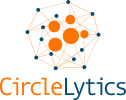
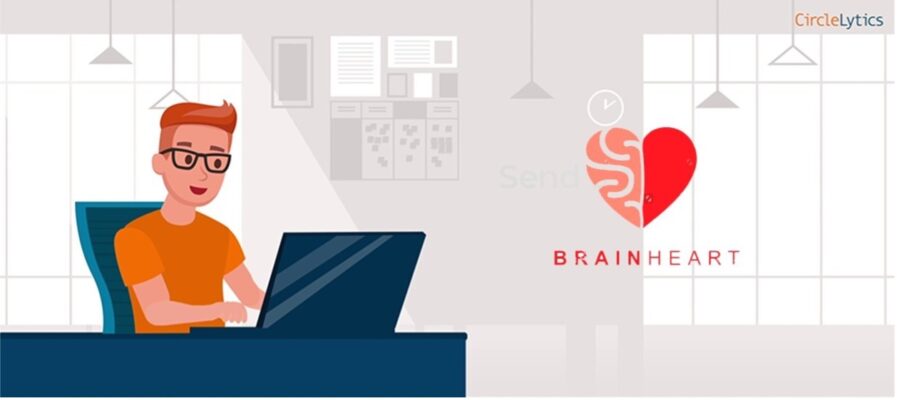




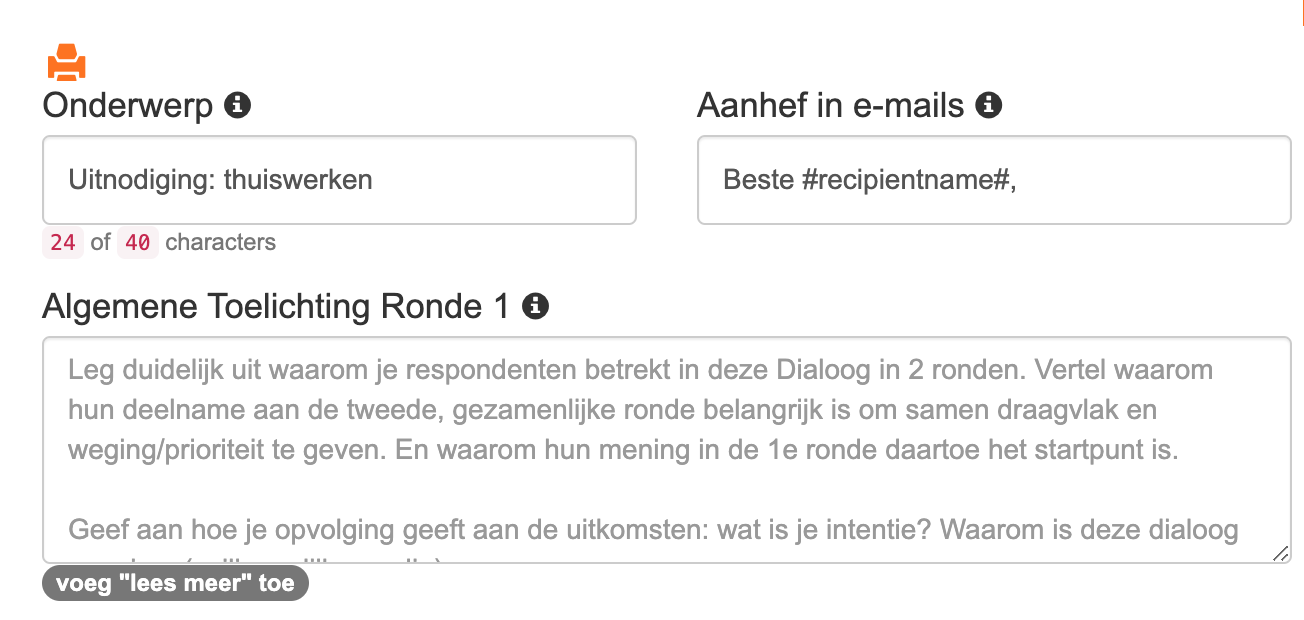 Subject of your dialogue
Subject of your dialogue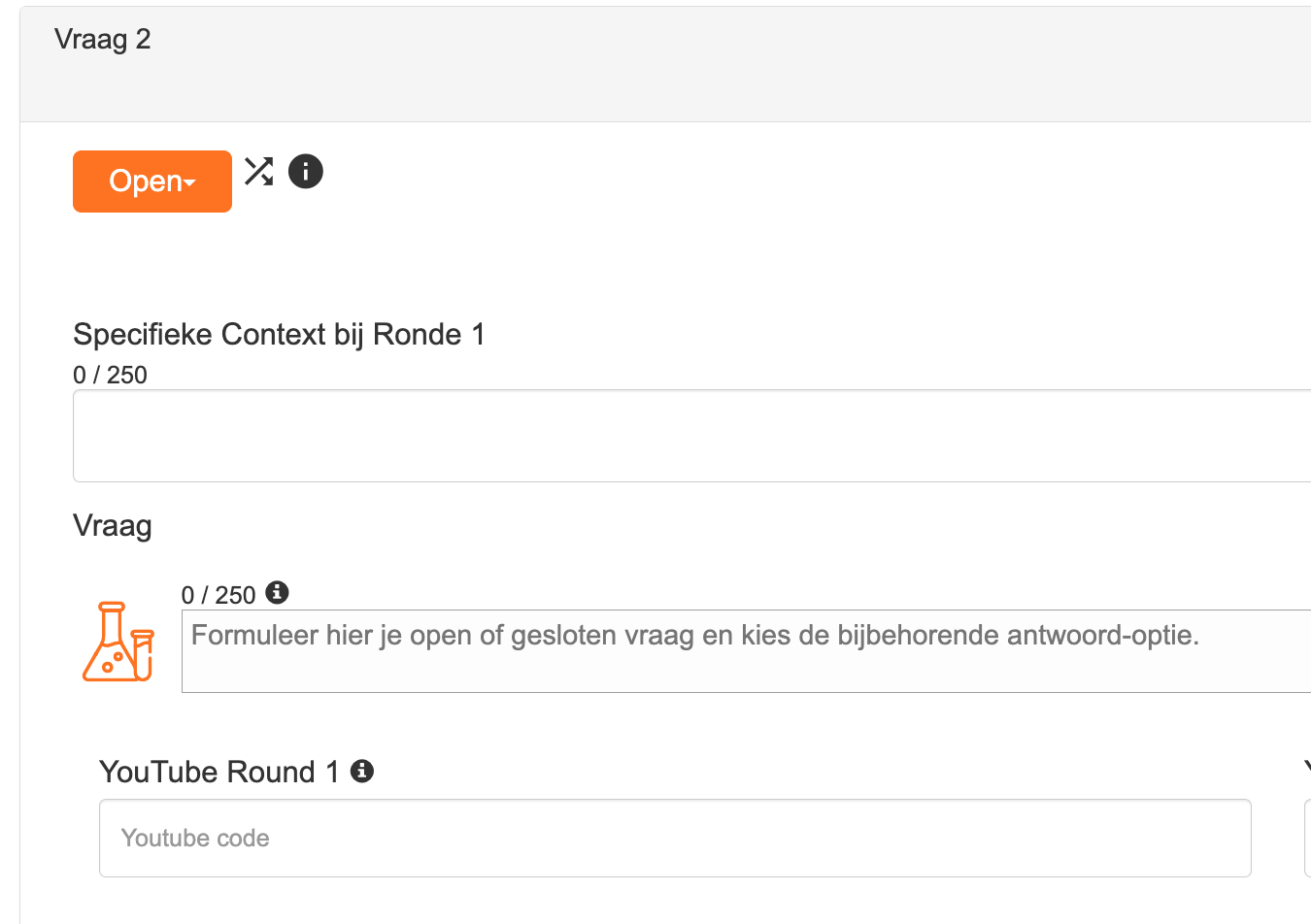
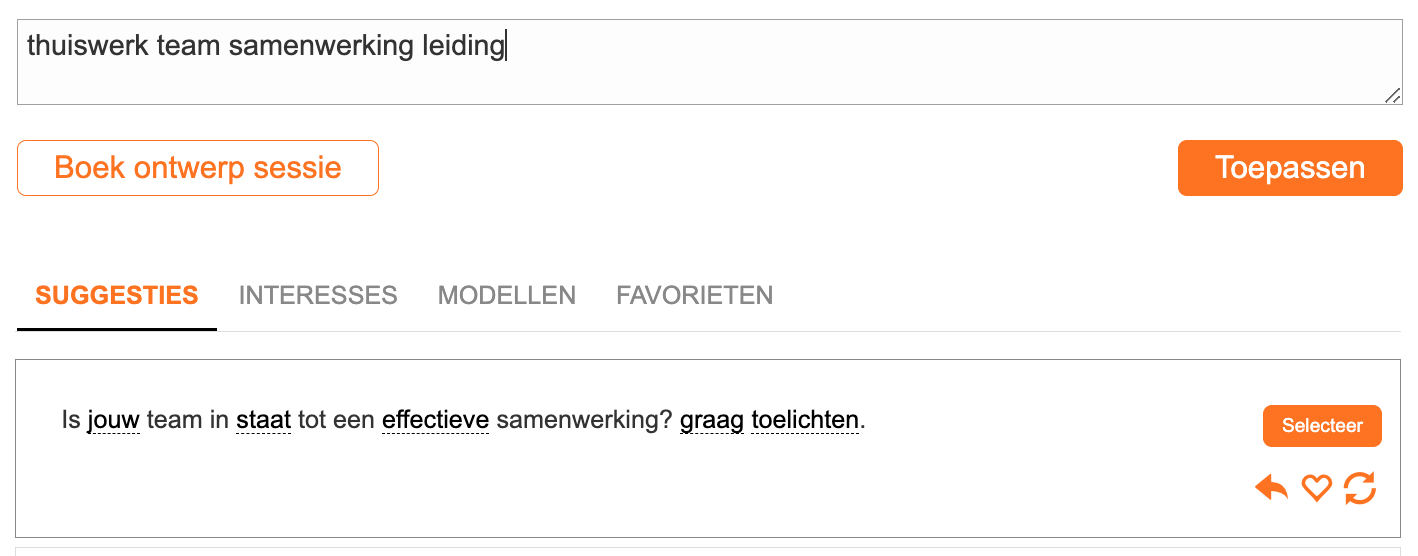
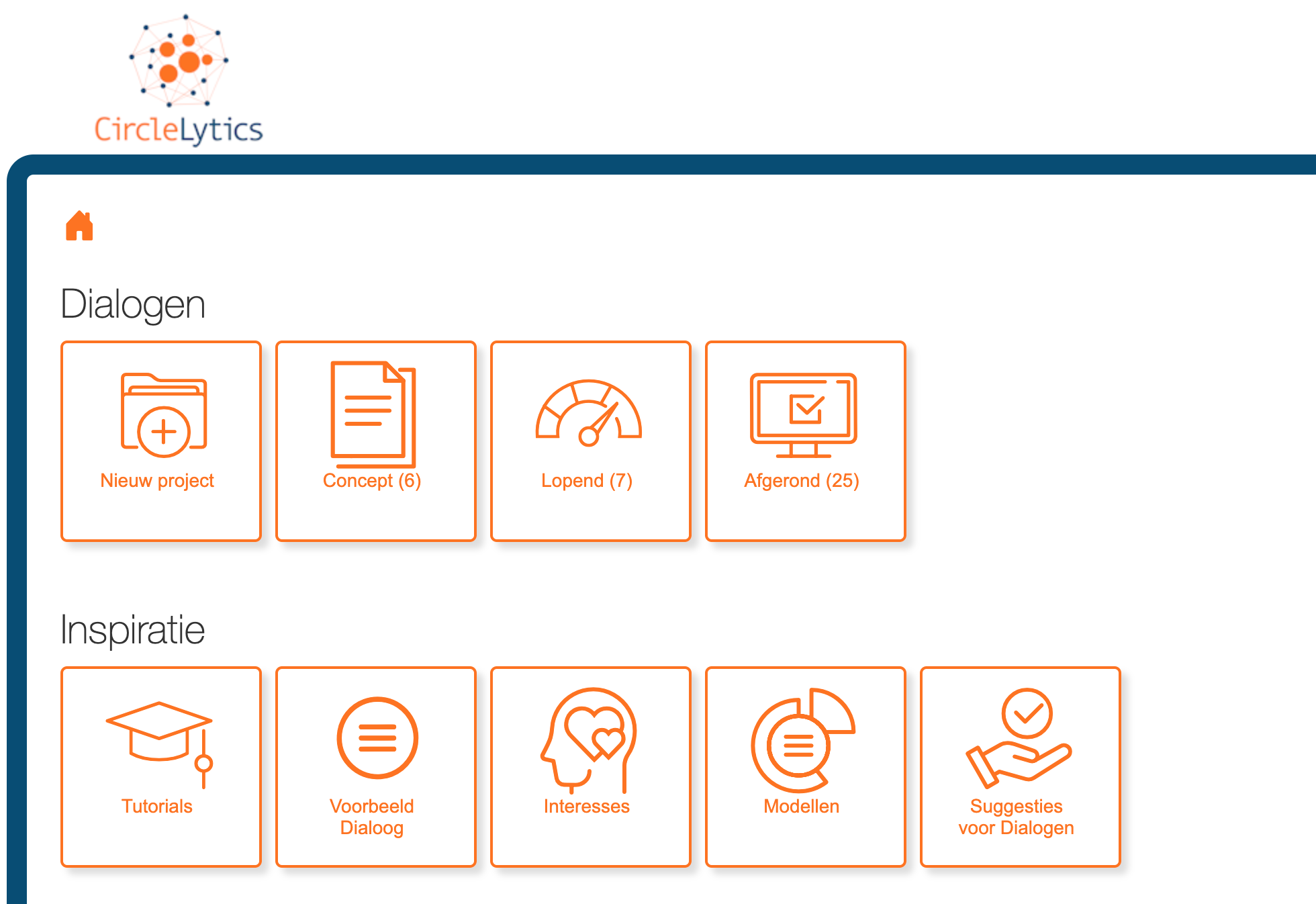 In your dashboard, your homepage, you can activate Interests and Models, see the screenshot below. These preferences then feed the QuestionDesignLab to provide more intelligent suggestions. When you are in the QDL lightbox itself, you can also search very specifically for suggestions by clicking the Interests or Models tab (see screenshot below). You will then receive suggestions that already belong to those Interests or Models. If you stay at the suggestions tab in the QDL lightbox, we will ensure that the suggestions shown take your interests and clicked models into account. We are going to add many more models by the way.
In your dashboard, your homepage, you can activate Interests and Models, see the screenshot below. These preferences then feed the QuestionDesignLab to provide more intelligent suggestions. When you are in the QDL lightbox itself, you can also search very specifically for suggestions by clicking the Interests or Models tab (see screenshot below). You will then receive suggestions that already belong to those Interests or Models. If you stay at the suggestions tab in the QDL lightbox, we will ensure that the suggestions shown take your interests and clicked models into account. We are going to add many more models by the way.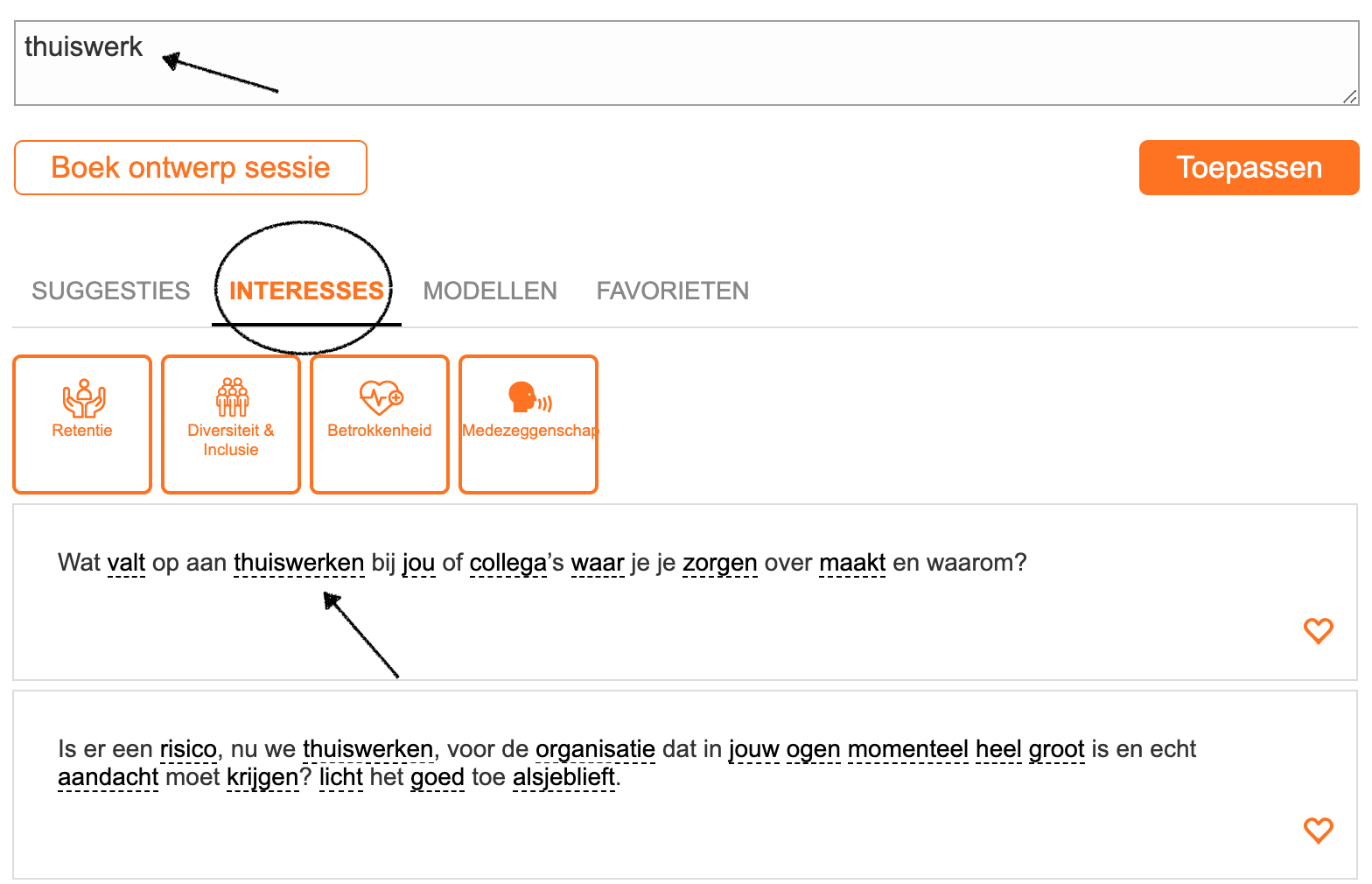
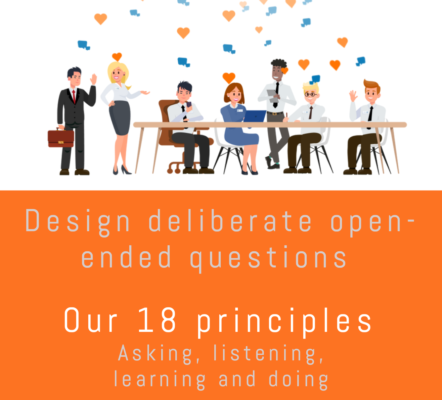
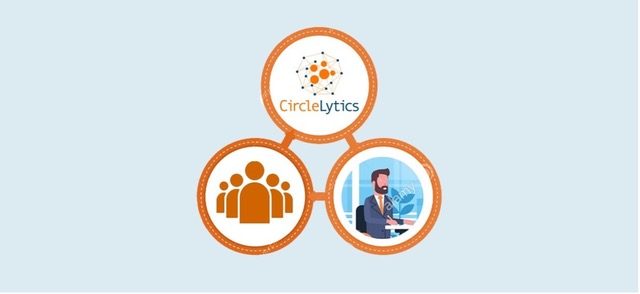
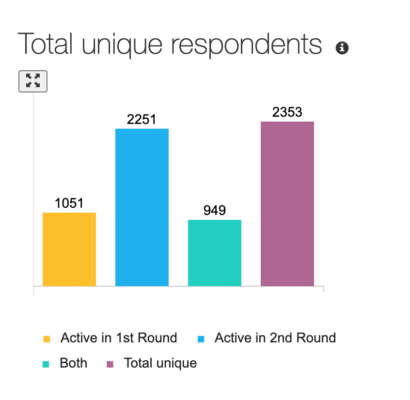
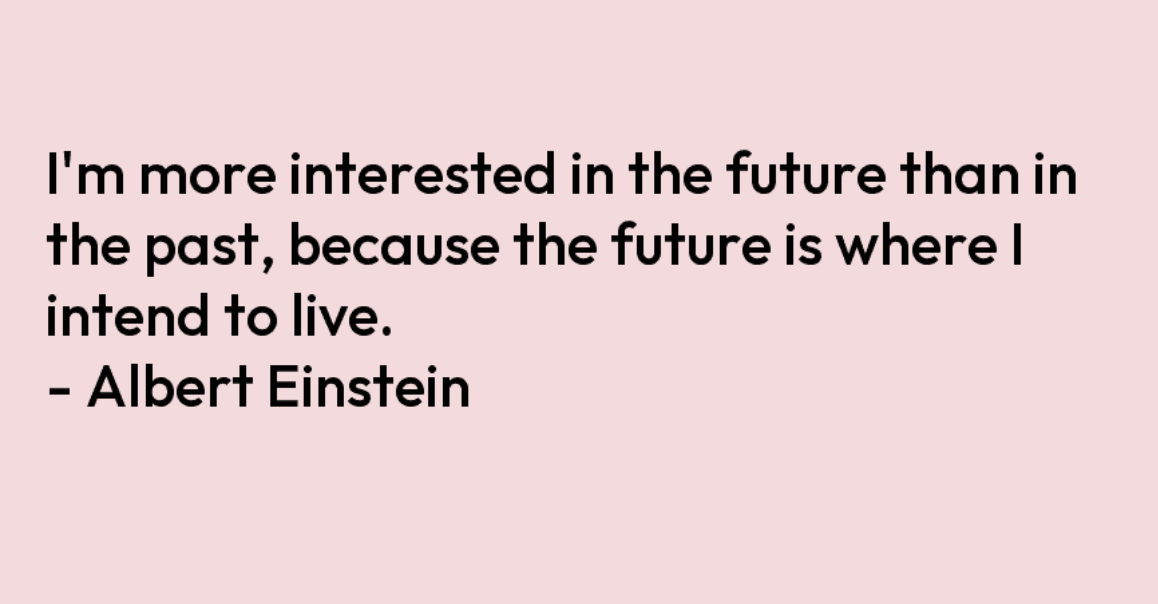 the one question that makes the difference and triggers discussions and thoughts, and that people want to answer? Focus more on questions about the present and the future, instead of the past. Read our White Paper that includes 18 guiding principles to design your own
the one question that makes the difference and triggers discussions and thoughts, and that people want to answer? Focus more on questions about the present and the future, instead of the past. Read our White Paper that includes 18 guiding principles to design your own 